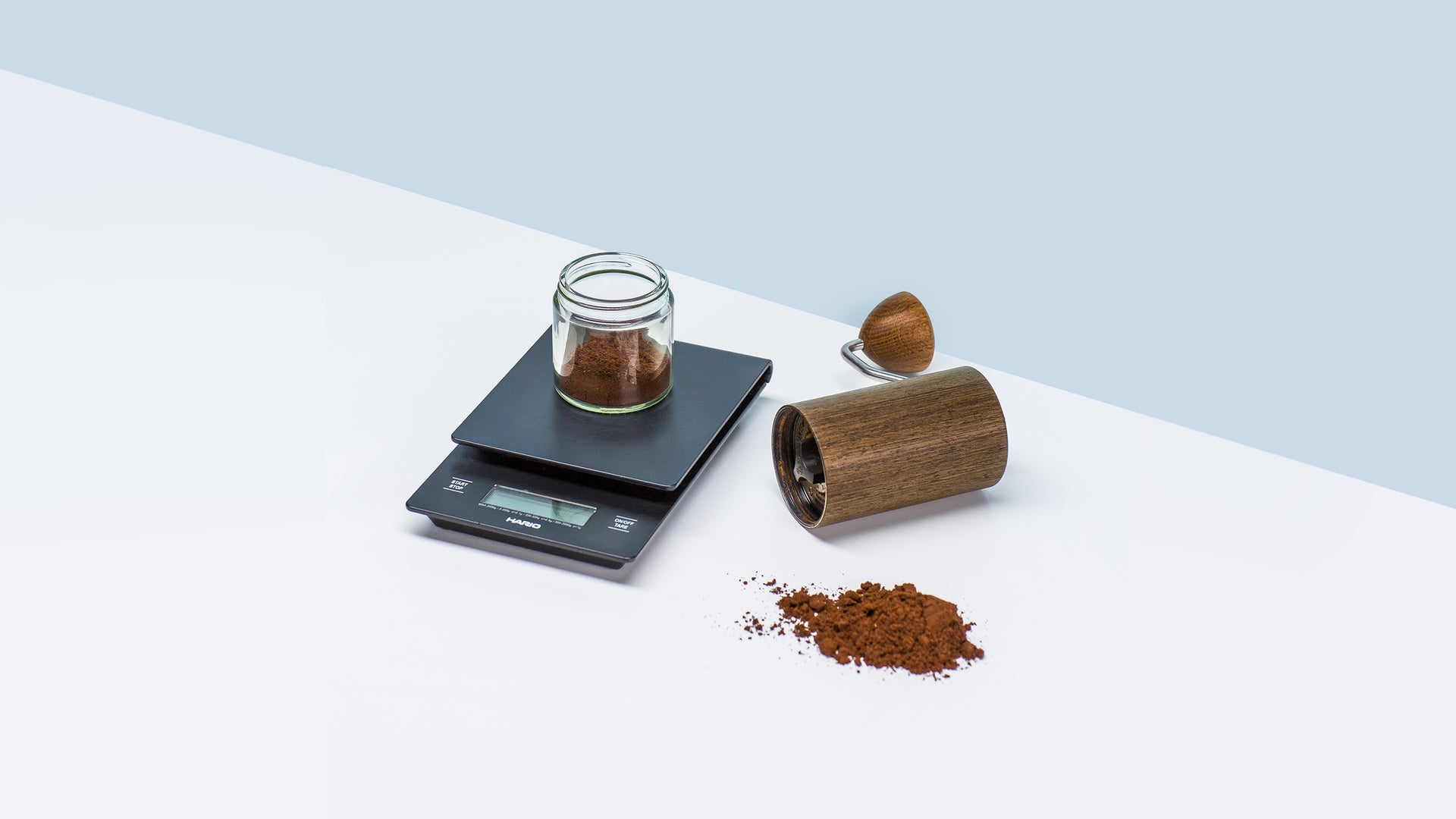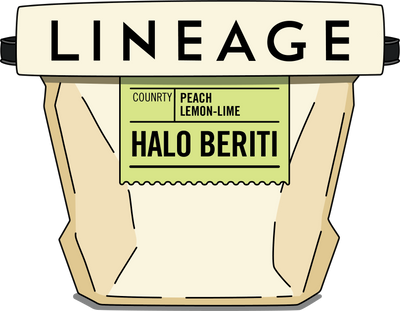Ecuador, Sumaq Coffee Beans
Deets
- Country
- Pillcocaja, Azuay, Ecuador
- Elevation
- 1800M
- Processing Method
- Dried In Cherry
- Variety
- Typica
- Harvest Period
- DEC - FEB
- Moisture Content
- 11.5%
- Water Activity
- 0.55
Tasting Notes

Description
The first time we visited Ecuador was at the tail end of harvest season in 2015. We flew into Cuenca in the south of the country and then traveled by car to the farms in the surrounding area. I remember falling in love with a very tropical feel of the southern region. With some of the most exotic birds on earth, it was clear that this area was teeming with life, and remained very much untouched by humans.
The coffees from this area can be some of the most wildly fruity, as well as some of the most quietly complex coffees I have ever tasted.
It is in this remote region of southern Ecuador where the farm Pillcocaja is found. Under the shade of the Faiques trees, the coffee thrives and the soil is protected from direct sunlight.
Above 1700meters above sea level the unique varietals are almost starved for oxygen forcing the trees to put their energy into the seeds. Because of these unique conditions created, the coffees Pillcocaja are producing can be absolutely unlike any others. This year we have cupped through their top coffee lots and selected our absolute favorite.
Because of the low yield and difficulty growing Typica, it is becoming increasingly difficult to find. It is our belief that Typica is the most transparent coffee varietal in the world and will most accurately portray the soil where it is grown.
This Typica is a dry processed coffee where the coffee is dried in cherry for 30 days. It is then sent to the dry mill to be prepared for exporting. This coffee has an intense and complex sweetness. Our main notes on this coffee is cherry sprite and a tone of tropical fruit.
More Coffee

Individual Bags

Tasting Notes

Tasting Notes

Tasting Notes

Tasting Notes

Tasting Notes

Tasting Notes
